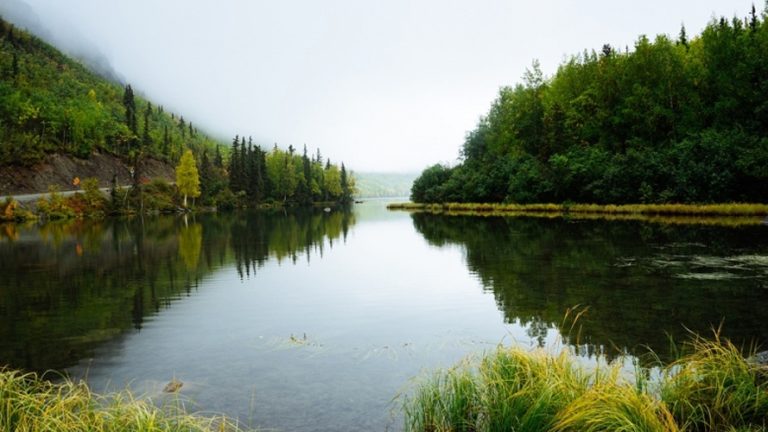Women in environment conservation are responsible for using the resources to satisfy the basic need of their families
A lot of studies on women in environment conservation have shown that women are significant actors in natural resource management and they are major contributors to environmental rehabilitation and conservation. In addressing some key environmental problems, women play a dominant role. Women, through their roles as farmers and as collectors of water and firewood, have a close connection with their local environment and often suffer most directly from environmental problems.
Women in environment conservation are being primarily responsible for domestic and household management, interact more intensively with the natural environment and build the environment than men. Consequently, they are more likely to suffer from a degraded home, neighborhood, and city environment and to shoulder more of the burden that goes with living in poor housing and communities with inadequate residential and health infrastructure, since they spend more time at home and its immediate vicinity.
Women Participation in Conservation of Environment :
More than 70% of the Indian population is rural-based. Biomass plays a crucial role in meeting the daily survival needs of the vast majority of rural households. Water is essential for survival and its availability is related to biomass. The biomass-based subsistence economy is mostly non-monetized. Production and processing of biomass agriculture, forestry, minor forest produce and village crafts based on biomass as raw materials are also the biggest sources of employment.
Development imperatives have inevitably led to some destruction of the biomass through deforestation and environmental degradation. Traditionally, women in environment conservation have been responsible for subsistence and survival for water, food, fuel, fodder, and habitat, though they rarely get the credit for nurturing these life support systems.
Added to this environmental destruction, exacerbates women’s problems in a way very difficult from that of men. The challenge is to re-establish the symbiosis between communities, women, and natural resources and reverse the trend of the negative impact of existing developmental paradigms.
Women in environment conservation have always been the principal conservers of bio-diversity. Even today they perform duties such as seed selection, multiplication, and conservation. The on-farm conservation traditions of rural and tribal women, regarding agro-biodiversity, are well known.
However, the women left in the villages; have protested by themselves to prevent cutting down of trees and given rise to what is now called the environmentalist movements. Such as:
Chipko movement :
One of the first environmentalist movements which were inspired by women was the Chipko movement (Women tree-huggers in India). “Its name comes from a Hindi word meaning to stick” (as in glue). The movement was an act of defiance against the state government’s permission given to a corporation for commercial logging.
Women of the village resisted, embracing trees to prevent their felling, to safeguard their lifestyles which were dependent on the forests. Deforestation could qualitatively change the lives of all village residents but it was the women in environment conservation who agitated for saving the forests. Organized by a non-governmental organization that Chandi Prasad led, The Chipko movement adopted the slogan “ecology is the permanent economy.”
The women embracing the trees did not tag their action as feminist activism; however, as a movement that demonstrated resistance against oppression, it had all the markings of such. It began when the Maharaja of Jodhpur wanted to build a new palace in Rajasthan which is India’s Himalayan foothills. While the axemen were cutting the trees, martyr Amrita Devi hugged one of the trees. This is because in Jodhpur each child had a tree that could talk to it. The axe men ignored Devi and after taking her off they cut down the tree.
Green Belt movement :
Another movement, which is one of the biggest in women and environment history, is the Green Belt Movement. Nobel Prize winner Wangari Maathai founded this movement on World Environment Day in June 1977. The starting ceremony was very simple a few women planted seven trees in Maathai’s backyard. By 2005 30 million trees had been planted by participants in the Green Belt movement on public and private lands.
The Green Belt movement aims to bring the environmental Ecological Union which has become the largest environmental NGO in the former Soviet Union. In 1990, she became director of CIEP which arranges and drives activities in an extensive range of ecologically related areas on both domestic and international fronts.
It is common knowledge throughout the world that the growth of technology and the processes of commercialization, industrialization, and globalization affect men and women differently.






Add comment